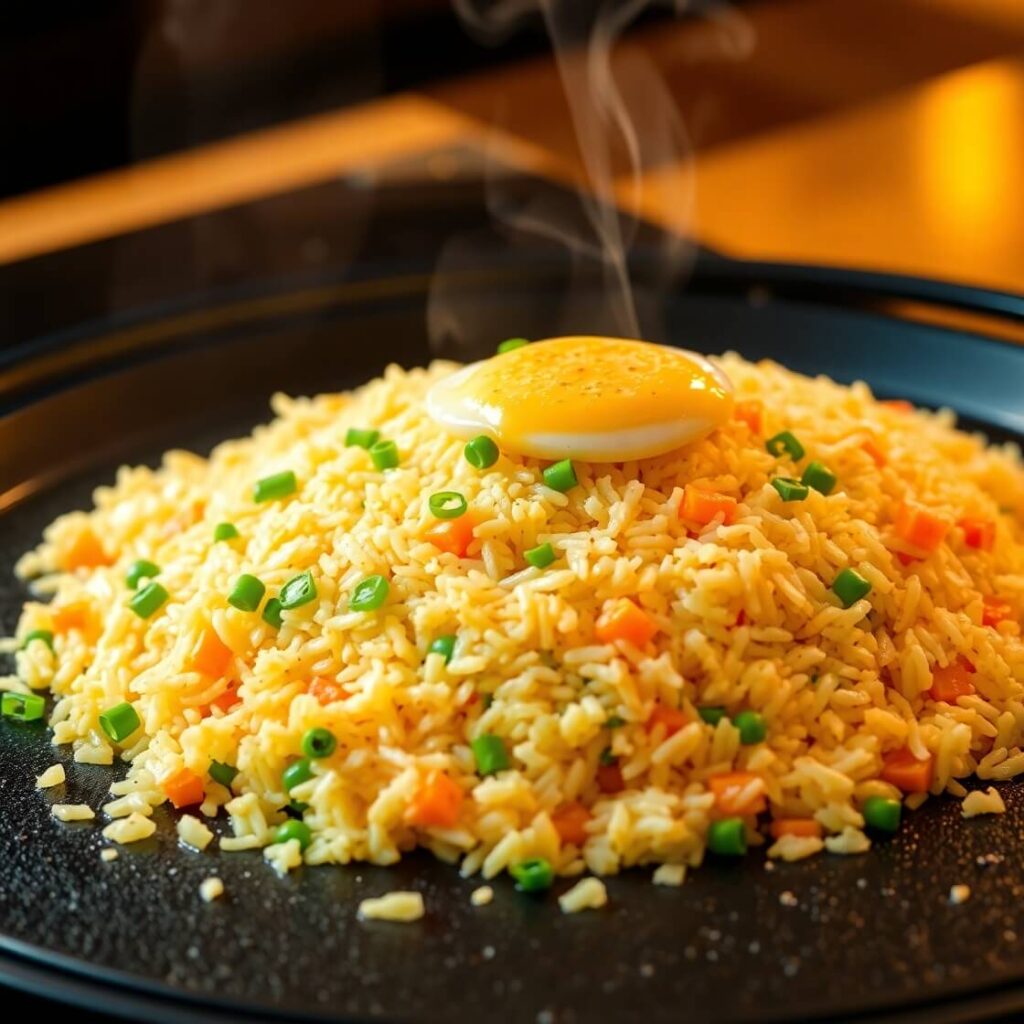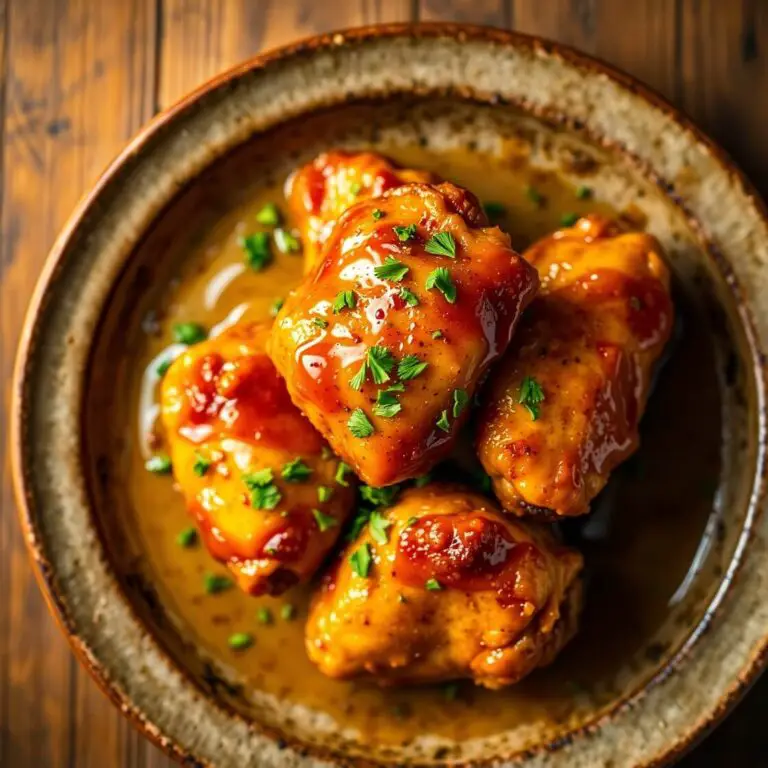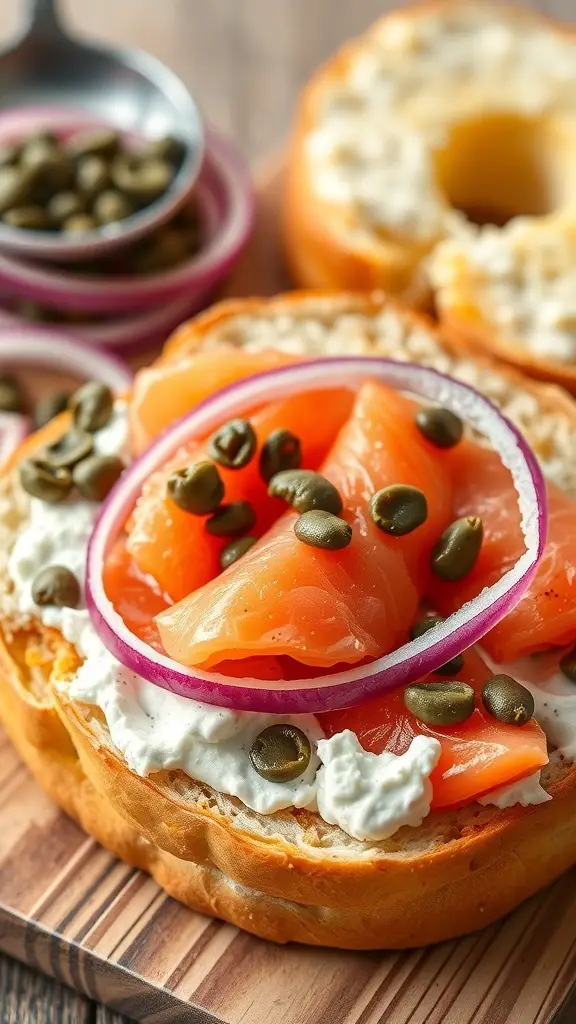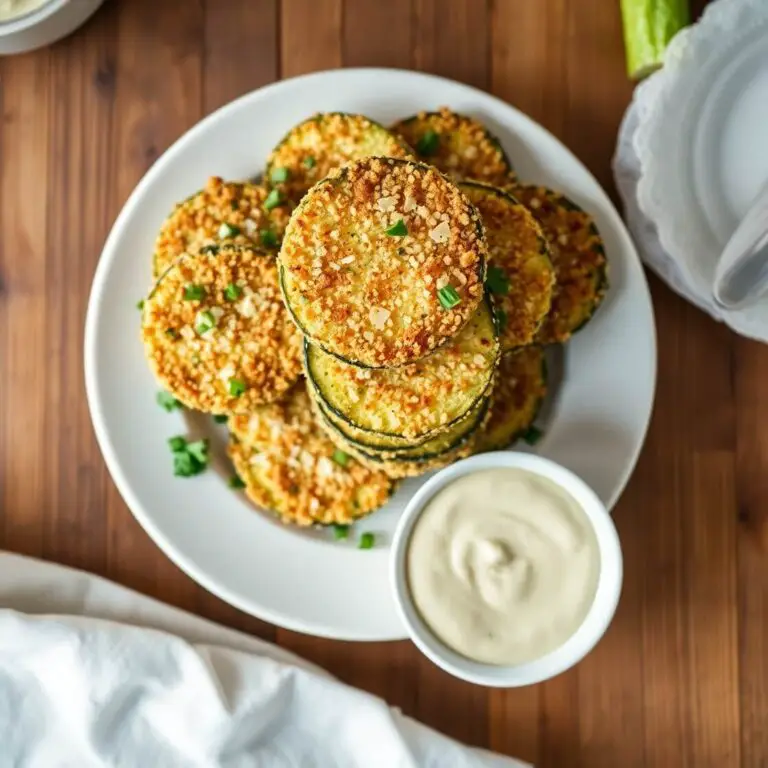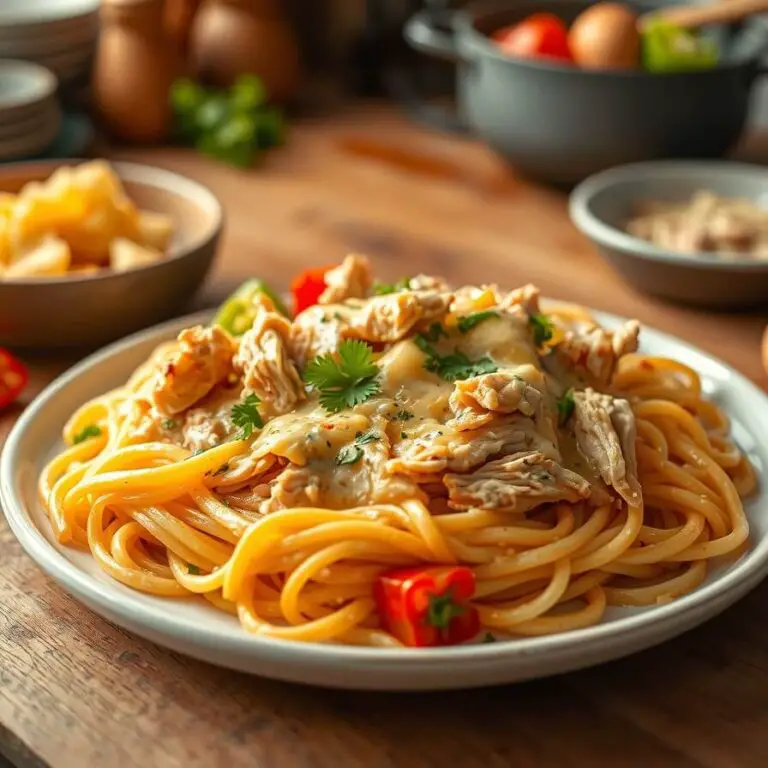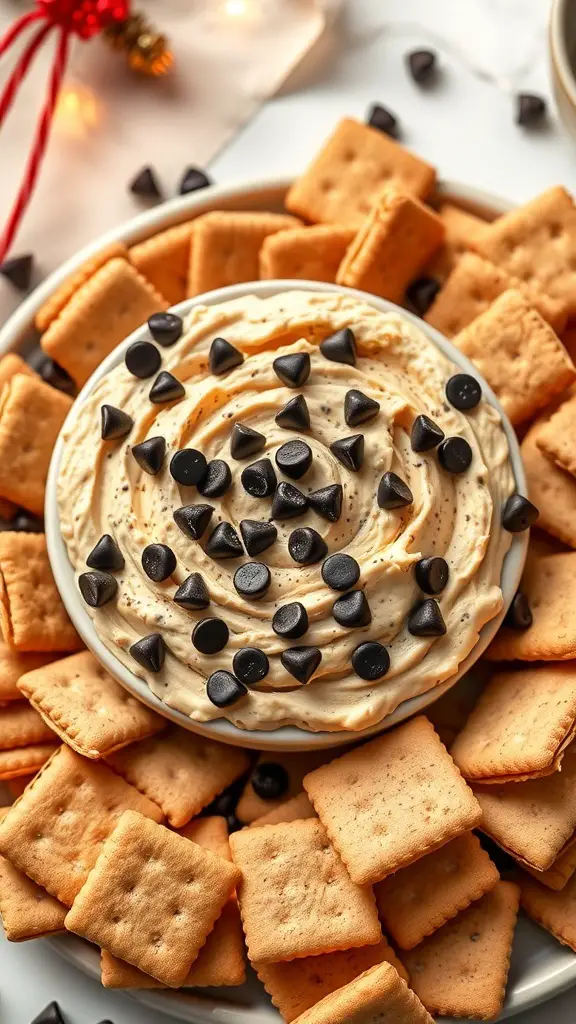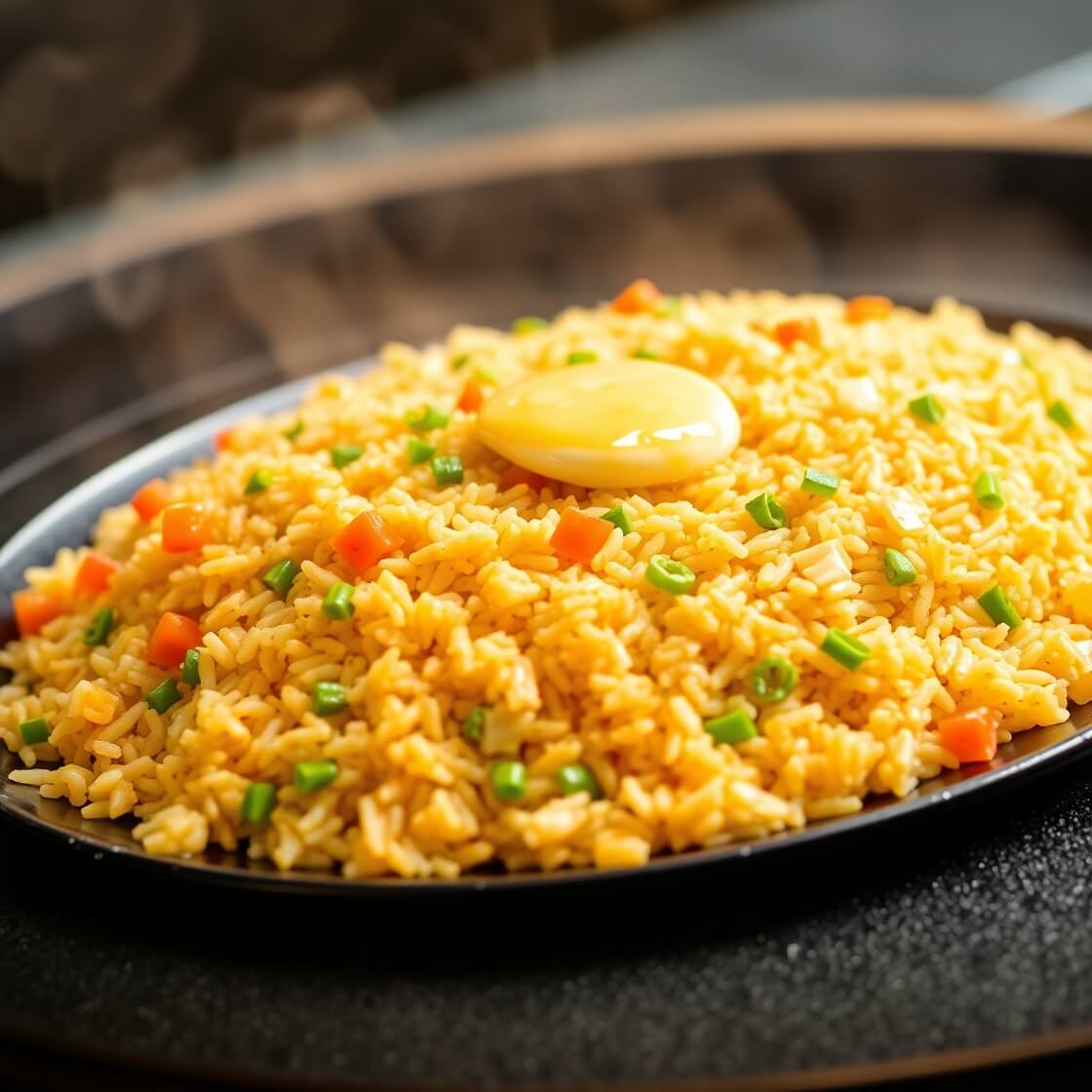
When I first tried hibachi fried rice at a teppanyaki grill, I was captivated. The sizzling sound, the rich aroma of garlic butter, the chef’s theatrical spatula work—it was an experience far beyond just a side dish. That smoky, buttery rice with crispy edges had me hooked instantly.
So, of course, I had to try making it at home. But here’s the thing: most people assume hibachi-style dishes are only achievable with a flat-top grill. That’s not true. With a few pantry staples, the right techniques, and a bit of love for flavor, you can recreate that hibachi-style fried rice right in your own kitchen.
This guide is not just a recipe—it’s a journey into what makes hibachi fried rice deeply satisfying and universally loved. Whether you’re trying to impress guests, feed your family on a weeknight, or bring back restaurant memories, this is the fried rice recipe you’ll want to master.
Why I Love This Recipe
What makes hibachi fried rice stand out from every other fried rice? It’s the butter, garlic, soy sauce, and just the right amount of sesame oil that combine to create an irresistible umami bomb. Unlike traditional Chinese-style fried rice, this version is smoky, buttery, and slightly sweet—yet savory enough to stand on its own.
Another reason I love this recipe is its simplicity in structure but depth in flavor. You don’t need fancy ingredients or complicated techniques. The real magic lies in timing, heat control, and layering the ingredients at the right moment.
Plus, it’s incredibly flexible. You can make it as a side or upgrade it to a main dish by tossing in diced steak, chicken, or shrimp. It’s a comfort food staple that checks every box: fast, flavorful, satisfying, and crowd-pleasing.
This dish is ideal for home cooks who want restaurant-quality results without investing in professional equipment. Once you master the rhythm of this recipe, you’ll find yourself craving it every week.
Ingredients for Hibachi Fried Rice
To make truly great hibachi fried rice, you need ingredients that balance texture, flavor, and aroma. And yes, the key to that authentic hibachi taste? Garlic butter and day-old rice. Let’s break it down.
Cooked Day-Old Rice:
Use long-grain white rice that’s been chilled overnight. Fresh rice turns mushy in the pan, while day-old rice separates into perfect grains with just the right crispness.
Vegetables:
The classics include chopped carrots, peas, onions, and green onions. You can keep it simple or add mushrooms, zucchini, or bean sprouts depending on what’s on hand.
Protein (Optional):
Eggs are a must for that soft, fluffy texture and rich taste. If you want to level it up, go for grilled chicken, shrimp, or steak cubes—just like your favorite hibachi restaurant.
Garlic Butter:
This is the soul of hibachi rice. Make your own by mixing softened butter with minced garlic and a pinch of salt. Let it melt into the hot pan, and your kitchen will smell like a Japanese steakhouse.
Soy Sauce:
Go for a low-sodium version if possible. It brings the signature savory note without overpowering the dish.
Sesame Oil:
Just a small drizzle at the end adds a toasty, nutty aroma. Don’t overdo it—too much can turn the dish bitter.
Salt and Pepper:
Simple, but essential for seasoning balance. Use freshly ground pepper for that subtle heat.
Cooking Oil:
A neutral oil with a high smoke point like canola or vegetable oil works best to sear the rice without burning.
Optional Flavor Boosters:
You can mix in a splash of mirin or rice vinegar for tang, or a touch of oyster sauce for more depth.
How Much Time Will You Need
Hibachi fried rice is quick and satisfying—perfect for a weeknight or last-minute meal. Here’s what to expect:
- Prep Time: 15 minutes (less if your veggies are pre-chopped)
- Cook Time: 15 minutes
- Total Time: 30 minutes
If your rice is already cooked and chilled, you’ll have dinner ready in no time.
How to Make This Hibachi Fried Rice
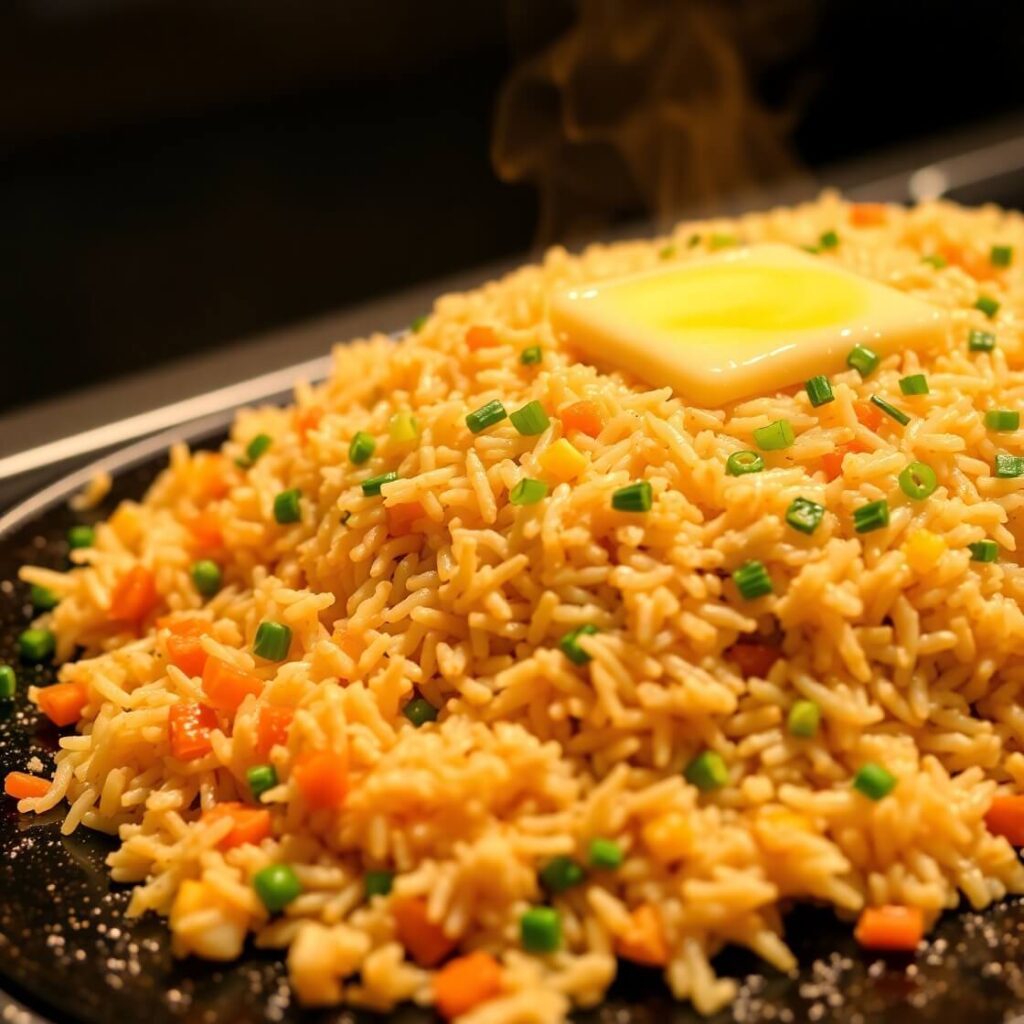
Let’s dive into the process. The secret to perfect hibachi fried rice lies in high heat, layering flavors, and cooking quickly.
Step – 1: Prep Your Ingredients
Start by getting everything chopped and measured. Dice your vegetables finely so they cook quickly and evenly. Crack your eggs into a small bowl and whisk them lightly. Measure your soy sauce, sesame oil, and prepare your garlic butter.
Have your rice ready and fluffed. If it’s clumped from being refrigerated, break it apart with your hands or a fork before cooking.
Step – 2: Heat the Pan
Use a large nonstick skillet or wok. Heat it over medium-high to high heat until it’s very hot. Add a bit of cooking oil and swirl it around to coat the surface.
Step – 3: Cook the Eggs
Pour the beaten eggs into the hot pan. Let them sit for a few seconds until they begin to set, then scramble gently. Don’t overcook. Once they’re softly scrambled, transfer them to a plate and set aside.
Step – 4: Sauté the Vegetables
Add a bit more oil to the pan, then toss in the onions, carrots, and peas. Stir-fry until they start to soften—about 3 to 4 minutes. You want the carrots tender but not mushy, and the onions slightly caramelized for extra flavor.
Step – 5: Add the Garlic Butter
Push the veggies to the side of the pan. Drop in your garlic butter and let it melt and sizzle. Once aromatic, mix it through the vegetables.
Step – 6: Add the Rice
Increase the heat to high. Add your rice to the pan. Press it gently into the pan and let it sit untouched for 1 to 2 minutes to crisp up the bottom. Then stir to combine with the vegetables.
Repeat this step to get those signature crispy rice bits throughout.
Step – 7: Season and Toss
Drizzle the soy sauce evenly over the rice. Stir well to coat each grain. Add in your scrambled eggs and sliced green onions. Toss everything together until hot and well mixed.
Finish with a light drizzle of sesame oil and freshly cracked pepper.
Step – 8: Serve Immediately
Turn off the heat. Taste and adjust seasoning if needed. Serve hot, garnished with extra green onions if you like.
Substitutions
If you’re short on certain ingredients, don’t worry—this recipe is flexible and forgiving.
No Garlic Butter?
Use regular butter and add garlic powder or freshly minced garlic while sautéing the vegetables.
No Day-Old Rice?
Spread freshly cooked rice on a baking sheet and chill in the fridge for at least an hour. It’s not perfect, but it works in a pinch.
No Soy Sauce?
Use tamari (for gluten-free) or coconut aminos as an alternative.
Low Carb Option?
Swap out rice for cauliflower rice. It won’t get the same crispiness, but it works surprisingly well with garlic butter and soy sauce.
Protein Additions:
You can easily toss in cubed tofu, rotisserie chicken, or leftover grilled shrimp. Just make sure they’re fully cooked before adding to the pan.
Best Side Dish of Hibachi Fried Rice
To turn your fried rice into a full Japanese-inspired meal, pair it with one or more of these delicious sides:
1. Yum Yum Sauce
This creamy, tangy sauce is a must with hibachi meals. Drizzle it over the rice or serve it on the side for dipping.
2. Grilled Hibachi Chicken or Shrimp
Pair your rice with simply grilled meat, seasoned with garlic, soy sauce, and butter.
3. Japanese Clear Soup (Onion Soup)
This light broth with mushrooms, onions, and scallions is a restaurant staple and balances the richness of fried rice beautifully.
Serving and Presentation Tips
When it comes to serving hibachi fried rice, a bit of flair goes a long way. After all, this dish is inspired by theatrical Japanese teppanyaki chefs—so why not add a little restaurant-style magic to your presentation?
Use a Wide Plate or Shallow Bowl
Instead of piling it into a deep bowl, spread the rice out on a flat surface so you can see all the delicious components—golden egg, colorful vegetables, and crispy bits of rice.
Top with Fresh Green Onions or Sesame Seeds
A sprinkle of finely sliced green onions adds brightness and contrast. Toasted sesame seeds offer a nice crunch and nutty flavor.
Serve it Hot from the Pan
Hibachi fried rice tastes best when served immediately. Present it while still sizzling, if possible. If you’re serving guests, a hot plate or shallow cast-iron skillet adds an elegant, rustic touch.
Optional Garnishes:
Drizzle with Yum Yum sauce or a light squiggle of Japanese mayonnaise for richness. Want spice? A few drops of sriracha or a pinch of chili flakes can elevate the whole dish.
Tips and Tricks to Make This Recipe Better
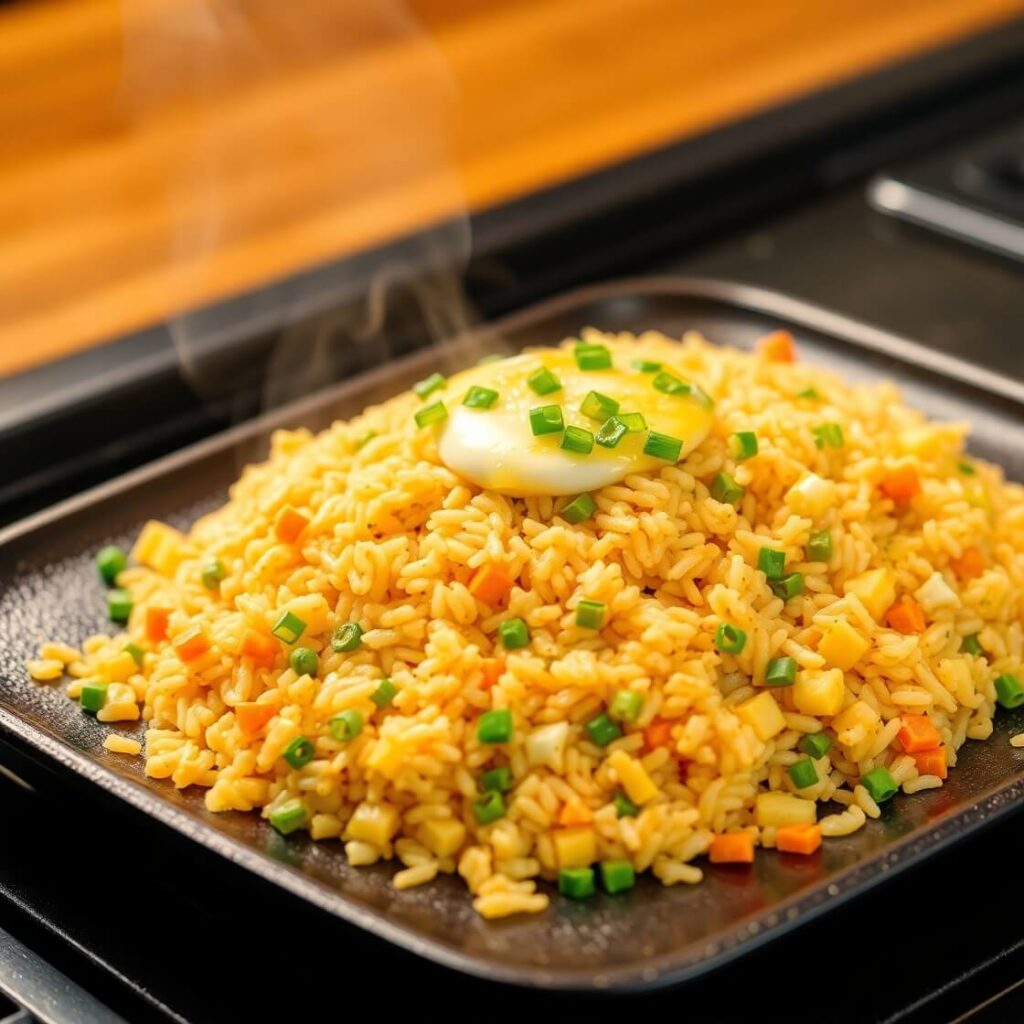
If you want your hibachi fried rice to taste just like the restaurant version—or even better—these little secrets will help you get there.
Use Cold Rice, Always
This is non-negotiable. Freshly cooked rice is too moist and soft. Cold rice, ideally a day old, has drier grains that crisp up beautifully in the pan.
Cook Over High Heat
A blazing hot pan is essential for caramelization and that slightly smoky flavor. Don’t be afraid of a little crackle and sizzle.
Butter at the Right Time
Add garlic butter after the veggies sauté but before the rice goes in. This helps coat the ingredients and flavors the pan just right.
Don’t Stir Too Much
Let your rice sit for a minute or two before flipping. This encourages browning and those prized crispy edges.
Use the Right Pan
If you don’t have a flat-top grill, use a wide nonstick skillet or cast-iron pan to give you enough room to stir-fry without overcrowding.
Taste as You Go
Always adjust the soy sauce, sesame oil, and pepper to your liking at the end. Hibachi is all about customizing for flavor.
Common Mistakes to Avoid
Even the simplest recipes can go sideways if a few basics aren’t followed. Here are the most common pitfalls to watch out for.
Using Freshly Cooked Rice
This is the number one mistake. It turns into a gluey, soggy mess. Always plan ahead and use chilled rice.
Too Much Soy Sauce
More is not better. Overusing soy sauce makes the dish too salty and drowns the subtle buttery flavors.
Crowding the Pan
Trying to make too much in one batch leads to steaming instead of stir-frying. Work in batches if needed.
Skipping Garlic Butter
Plain oil or margarine won’t give you that signature hibachi flavor. Garlic butter is the soul of this dish.
Not Using High Enough Heat
Low heat won’t give your rice that slight sear or golden edges. A hot pan is essential for hibachi-style texture.
How to Store It
If you have leftovers (though that’s rare with this dish), here’s how to store them for best results:
Refrigerator:
Store in an airtight container for up to 4 days. Let it cool completely before sealing it to avoid excess moisture.
Freezer:
You can freeze hibachi fried rice, but the texture will slightly change. Freeze in a freezer-safe container for up to 1 month. To reheat, thaw overnight in the fridge and stir-fry over high heat to crisp it up again.
Reheating Tips:
Avoid microwaving if possible. Instead, heat in a skillet over medium-high with a splash of oil or butter. This restores the texture and flavor far better.
FAQ
Can I use brown rice for this recipe?
Yes, but the flavor and texture will be a little nuttier and chewier. It’s a healthier option but still works well if you follow the same technique.
Can I make this vegetarian or vegan?
Absolutely. Skip the eggs and replace the butter with plant-based butter. You can add tofu or extra veggies for substance.
Can I use frozen vegetables?
Yes, frozen peas, carrots, and corn work well—just thaw them beforehand and drain any excess water.
What kind of rice is best for hibachi fried rice?
Long-grain white rice like jasmine or basmati works best because it stays fluffy and doesn’t clump easily. Short grain rice can become too sticky.
Can I prepare everything in advance?
Definitely. You can prep the garlic butter, chop veggies, and cook the rice a day ahead. When you’re ready, the actual cooking only takes 15 minutes.

Hibachi Fried Rice
- Total Time: 30 minutes
- Yield: 4 1x
- Diet: Vegetarian
Description
Hibachi fried rice is buttery, savory, and packed with smoky flavor—just like you get at Japanese steakhouses. With garlic butter, tender scrambled eggs, and crisped-up rice, this recipe brings the magic of hibachi right to your home kitchen. Perfect as a side or a main course, and endlessly customizable with your favorite add-ins like grilled chicken, shrimp, or vegetables. Whether you’re cooking for one or a crowd, this fried rice will quickly become a weeknight favorite. The best part? You don’t need a teppanyaki grill to enjoy it.
Ingredients
- 3 cups day-old cooked white rice
- 2 tablespoons vegetable or canola oil
- 2 tablespoons garlic butter (or regular butter + 1 tsp minced garlic)
- 2 large eggs, beaten
- ½ cup diced carrots
- ½ cup frozen peas
- ½ medium onion, finely chopped
- 2 tablespoons soy sauce (low sodium preferred)
- 1 teaspoon sesame oil
- Salt and black pepper to taste
- 2 green onions, sliced (plus extra for garnish)
Instructions
- Heat 1 tablespoon of oil in a large nonstick skillet or wok over medium-high heat.
- Add the beaten eggs, cook until just scrambled, and remove from pan.
- Add remaining oil and sauté onions, carrots, and peas until tender.
- Push veggies aside, melt garlic butter in the pan.
- Add rice and press down gently to sear. Let sit 1–2 minutes before flipping.
- Stir rice with vegetables, drizzle in soy sauce and toss evenly.
- Return scrambled eggs and stir in green onions.
- Finish with a drizzle of sesame oil and cracked pepper. Serve hot.
Notes
- Always use cold, day-old rice for best texture.
- Don’t overload the pan—work in batches if needed.
- Add protein like shrimp, steak, or chicken for a heartier version.
- Prep Time: 15 minutes
- Cook Time: 15 minutes
- Category: Main Dish / Side Dish
- Method: Stir-Fry
- Cuisine: Japanese-American
Nutrition
- Serving Size: 4
- Calories: 370
- Sugar: 3g
- Sodium: 610mg
- Fat: 14g
- Saturated Fat: 5g
- Unsaturated Fat: 8g
- Trans Fat: 0g
- Carbohydrates: 48g
- Fiber: 3g
- Protein: 9g
- Cholesterol: 95mg

